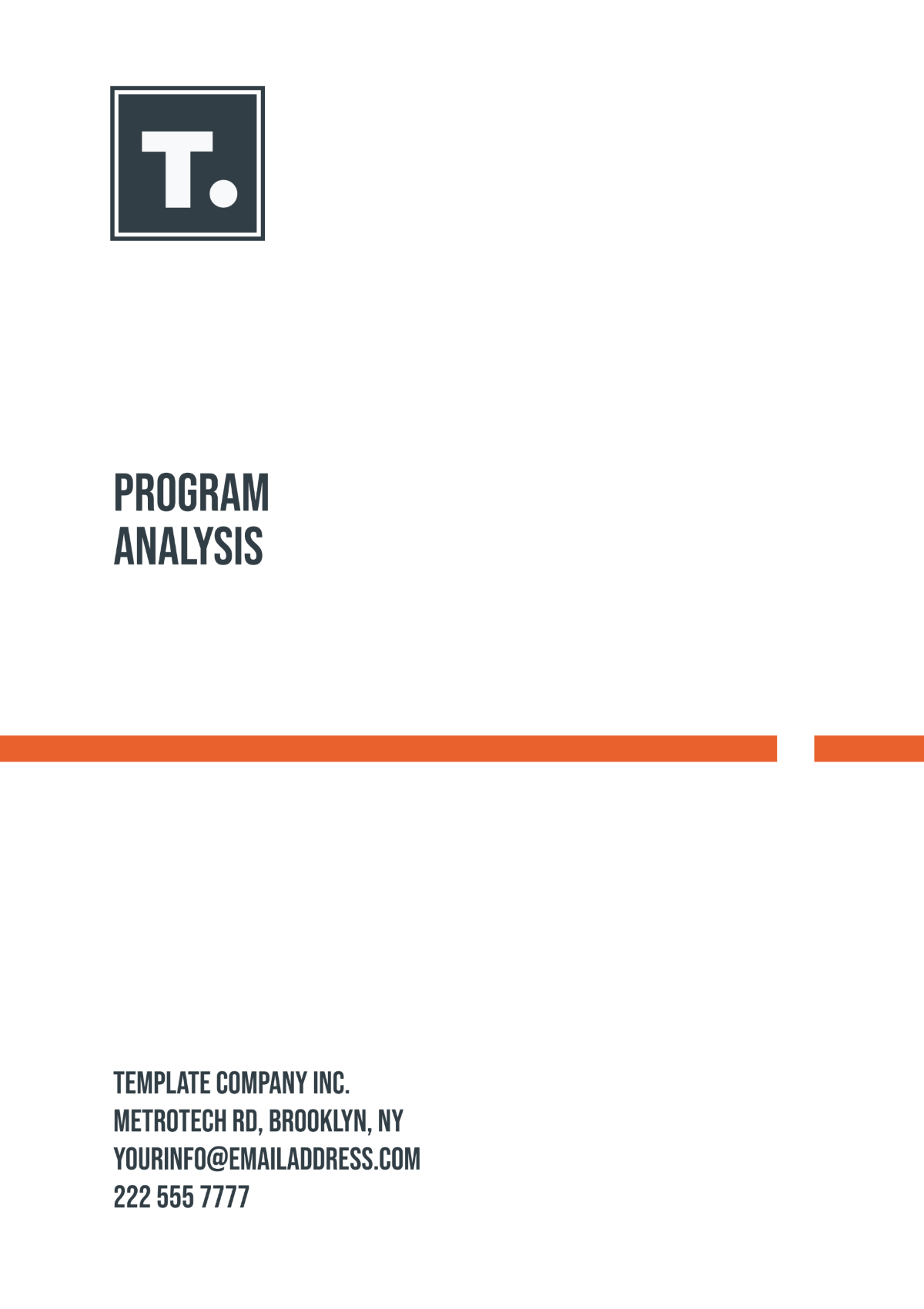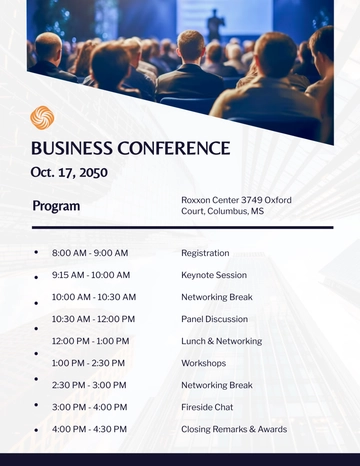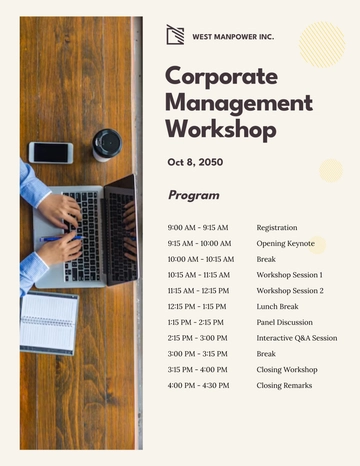Program Analysis
I. Executive Summary
The purpose of this Program Analysis is to evaluate the effectiveness and efficiency of [YOUR COMPANY NAME]'s current digital training programs. This document provides a comprehensive review, including performance metrics, program outcomes, resource utilization, and stakeholder feedback. The analysis identifies key strengths, areas for improvement, and recommendations for future program development to ensure alignment with organizational goals and objectives.
II. Program Overview
A. Program Objectives
Objective 1: Enhance digital literacy among professionals in the technology sector.
Objective 2: Increase participant engagement through interactive and practical training methods.
Objective 3: Improve job performance and career advancement opportunities for participants.
B. Target Audience
Demographics: Professionals aged 25-45.
Geographic Location: Predominantly in urban areas across North America and Europe.
Characteristics: Individuals with basic to intermediate digital skills seeking advanced knowledge and career growth.
C. Program Duration
Start Date: January 1, 2059
End Date: December 31, 2060
Key Phases:
Phase 1: Development and Pilot Testing (Jan-Mar 2059)
Phase 2: Full Rollout (Apr-Sep 2059)
Phase 3: Evaluation and Optimization (Oct-Dec 2059)
Continuous Improvement and Expansion (2060)
D. Resources Allocated
Financial: $2,000,000
Human: 15 full-time trainers, 5 support staff
Material: Online platform development, training materials, interactive tools
III. Performance Metrics
A. Key Performance Indicators (KPIs)
KPI | Description | Target Value | Actual Value | Variance (%) |
|---|
Participant Reach | Number of participants involved | 10,000 | 9,800 | -2% |
Completion Rate | Percentage of participants who completed the program | 85% | 82% | -3.5% |
Satisfaction Score | Average satisfaction score from participants (out of 10) | 8.0 | 8.2 | +2.5% |
Cost Efficiency | Cost per participant | $200 | $205 | +2.5% |
Return on Investment (ROI) | Revenue generated per dollar spent | $1.50 | $1.60 | +6.67% |
B. Outcome Analysis
The program successfully met its objective of enhancing digital literacy, as evidenced by positive participant feedback and an increase in job performance metrics. However, there was a slight shortfall in participant reach and completion rates, indicating a need for more effective outreach and engagement strategies.
IV. Stakeholder Feedback
A. Feedback Collection Methods
Surveys: Distributed to 1,000 participants.
Interviews: Conducted with 50 key stakeholders and program alumni.
Focus Groups: Held with 5 groups of participants.
B. Key Insights
C. Stakeholder Satisfaction
Overall satisfaction was high, with 82% of participants rating the program positively. However, 18% expressed concerns about the rigidity of the training schedule and the need for more advanced content.
V. Resource Utilization
A. Budget Analysis
Budget Category | Allocated Amount | Actual Expenditure | Variance (%) |
|---|
Development & Testing | $500,000 | $480,000 | -4% |
Training Delivery | $1,000,000 | $1,050,000 | +5% |
Marketing & Outreach | $300,000 | $275,000 | -8.33% |
Administrative Costs | $200,000 | $195,000 | -2.5% |
B. Human Resources
C. Material Resources
VI. Program Strengths and Weaknesses
A. Strengths
B. Weaknesses
C. Opportunities for Improvement
VII. Recommendations
A. Strategic Adjustments
B. Resource Allocation
C. Future Program Development
VIII. Conclusion
The Program Analysis concludes that [YOUR COMPANY NAME]'s digital training programs have achieved several key objectives, including improving digital literacy and participant satisfaction. However, there are areas for improvement, particularly in participant engagement and resource efficiency. By implementing the recommendations outlined in this document, [YOUR COMPANY NAME] can enhance program outcomes and better align its initiatives with organizational goals.
Analysis Templates @ Template.net






























